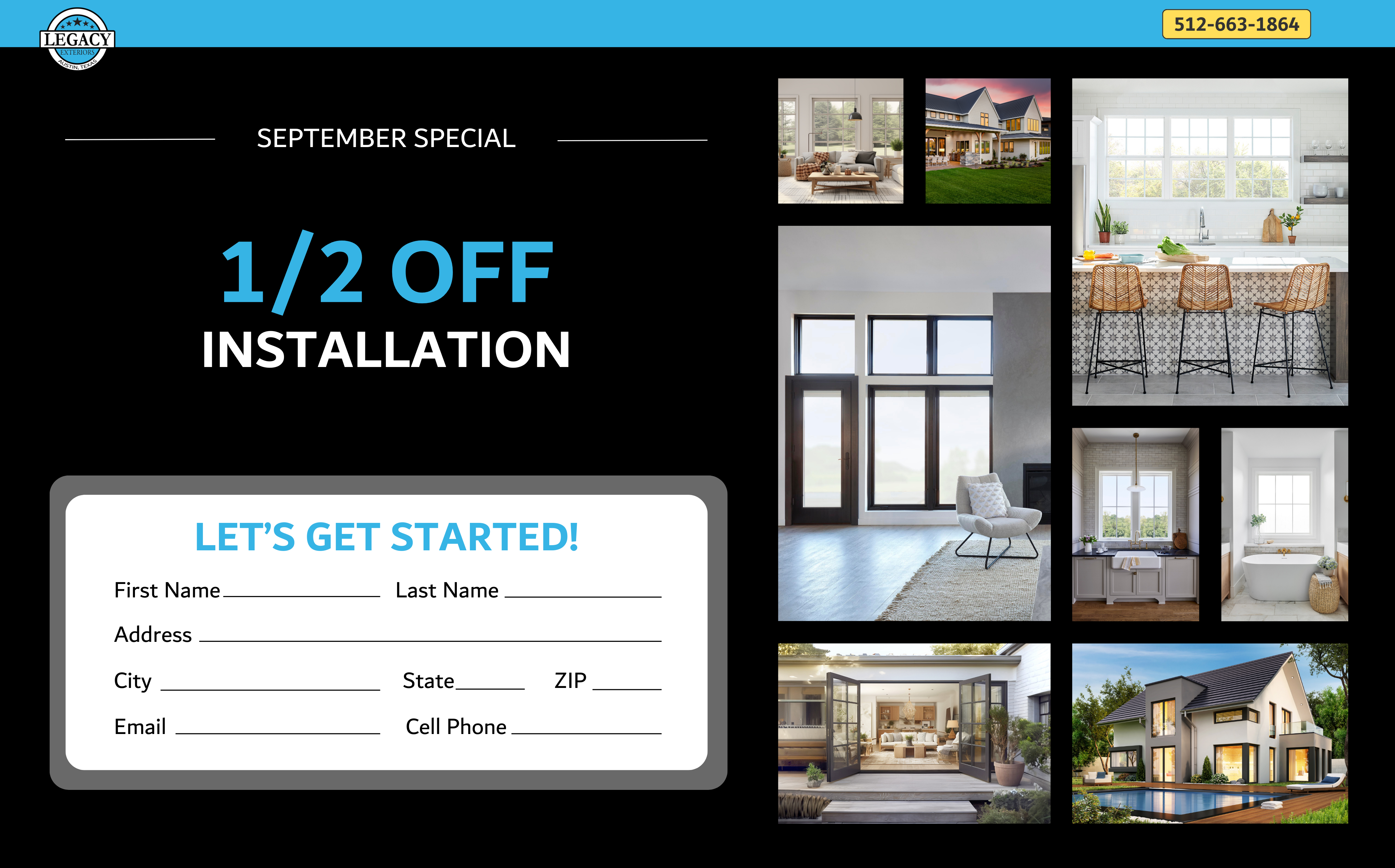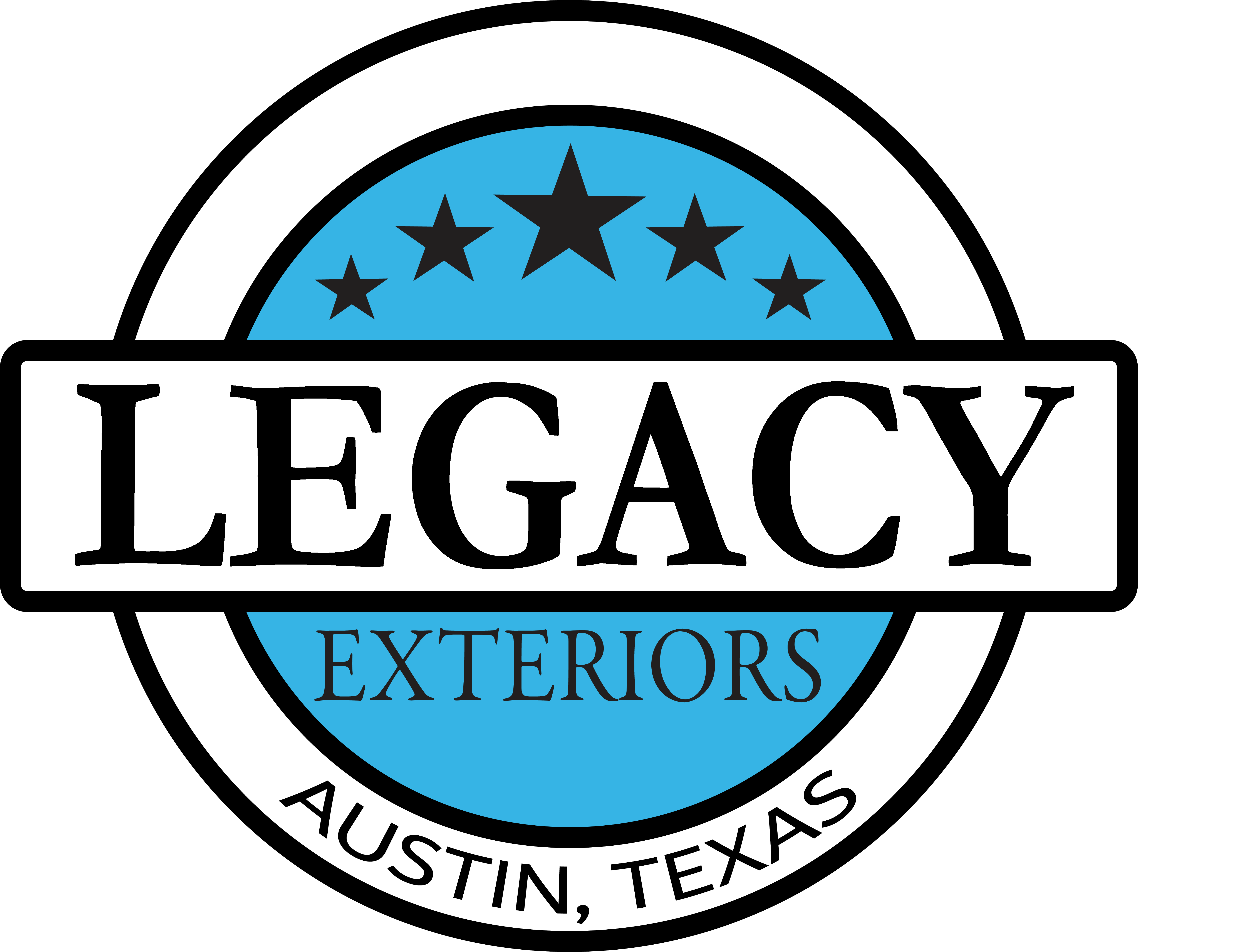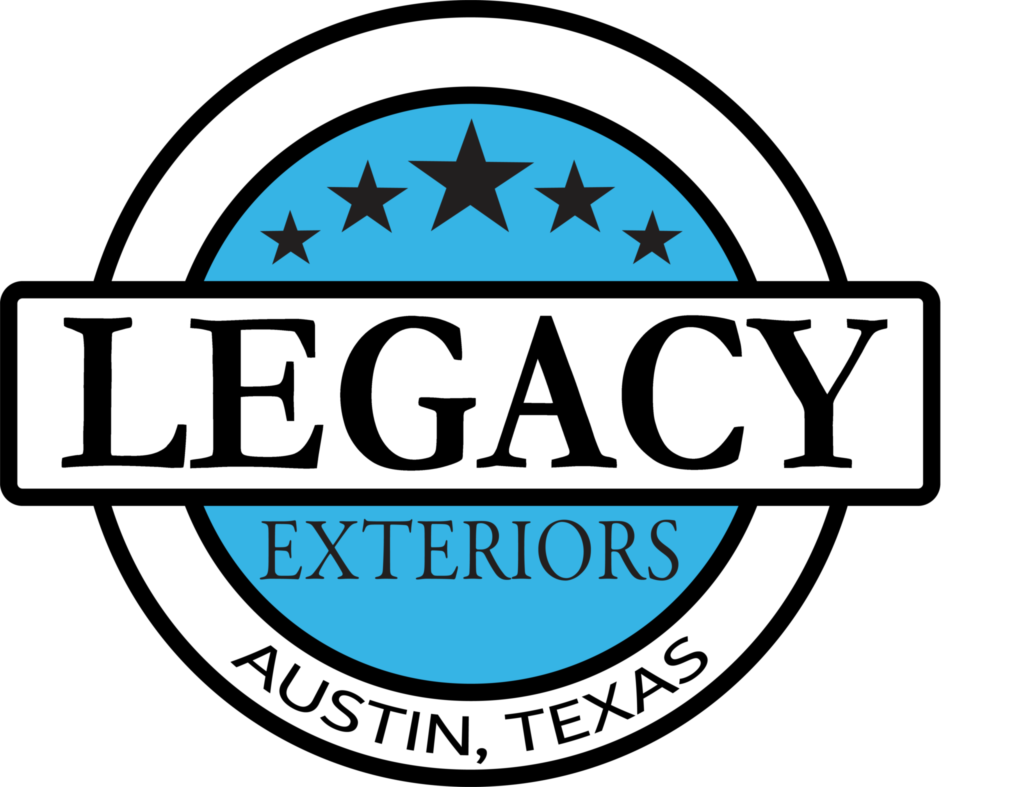Choosing the right siding for your home is a big decision. It impacts curb appeal, energy efficiency and long-term maintenance costs. James Hardie siding, a popular fiber-cement product, often takes center stage in these discussions. But what makes it so popular, what options exist and what should you consider before making your final choice?
What is James Hardie Siding?
James Hardie siding is a type of fiber-cement siding made from cement, sand and cellulose fibers, creating a durable and versatile product. Hardie siding is known for its resistance to weather, pests and fire, making it the industry standard.
Types of Hardie Siding:
Hardie offers a variety of siding products to suit different architectural styles and preferences.
- Lap Siding: The most popular option, mimicking traditional wood siding with overlapping planks. It comes in various textures, including smooth and wood-grain.
- Vertical Siding: Used for a more contemporary look or to accentuate specific architectural features.
- Shingles/Shake Siding: Offers the charming aesthetic of wood shingles without the maintenance concerns.
- Panels: Provide a sleek, modern appearance and can be installed horizontally or vertically.
- Soffit: Used to cover the underside of eaves and porch roofs, providing ventilation and a finished look.
Exploring Alternatives to Hardie Siding
While Hardie siding is popular, it’s worth exploring other options.
- Vinyl Siding: A budget-friendly option, vinyl siding is relatively low-maintenance and readily available. However, it can be susceptible to damage from extreme temperatures and may not offer the same level of durability as fiber cement.
- Wood Siding: Offers a classic, natural look, but requires regular maintenance, including painting or staining, to prevent rot and insect infestation.
- Engineered Wood Siding: Made from wood fibers and binders, engineered wood siding offers a compromise between the look of wood and the durability of other materials. However, it is vulnerable to moisture damage if not properly sealed and maintained.
- Brick or Stone: These materials offer exceptional durability and a premium aesthetic. However, they come with a higher upfront cost and require specialized installation.
Pros and Cons of James Hardie Siding:
Like any material, Hardie siding has its advantages and disadvantages.
Pros
- Durability: Resistant to rot, insects, fire and weather damage
- Longevity: Can last for decades with proper maintenance
- Versatility: Available in various styles, textures, and colors
- Low Maintenance: Requires less maintenance than wood siding
- Increased Home Value: Can enhance a home’s resale value
Cons
- Higher Upfront Cost: More expensive than vinyl siding
- Installation Costs: Requires specialized installation, which can add to the overall cost
- Painting Required: Hardie products come pre-primed but require painting for color and added protection. Repainting will be necessary over time.
Long-Term Care for Hardie Siding
While Hardie siding is relatively low-maintenance, some care is required to maximize its lifespan.
- Inspecting for Damage: Check for cracks, chips or other damage regularly and address any issues promptly.
- Repainting: Repaint the siding as needed to maintain its appearance and protect the fiber cement from the elements. The frequency will depend on the climate and the quality of the paint used.
- Caulking: Ensure that all seams and joints are properly caulked to prevent moisture intrusion.
Making the Right Choice:
Ultimately, the best siding choice for your home depends on your budget, aesthetic preferences and long-term maintenance considerations. While James Hardie siding offers excellent durability and a beautiful appearance, it’s crucial to weigh the pros and cons against other options and consider your individual needs.


